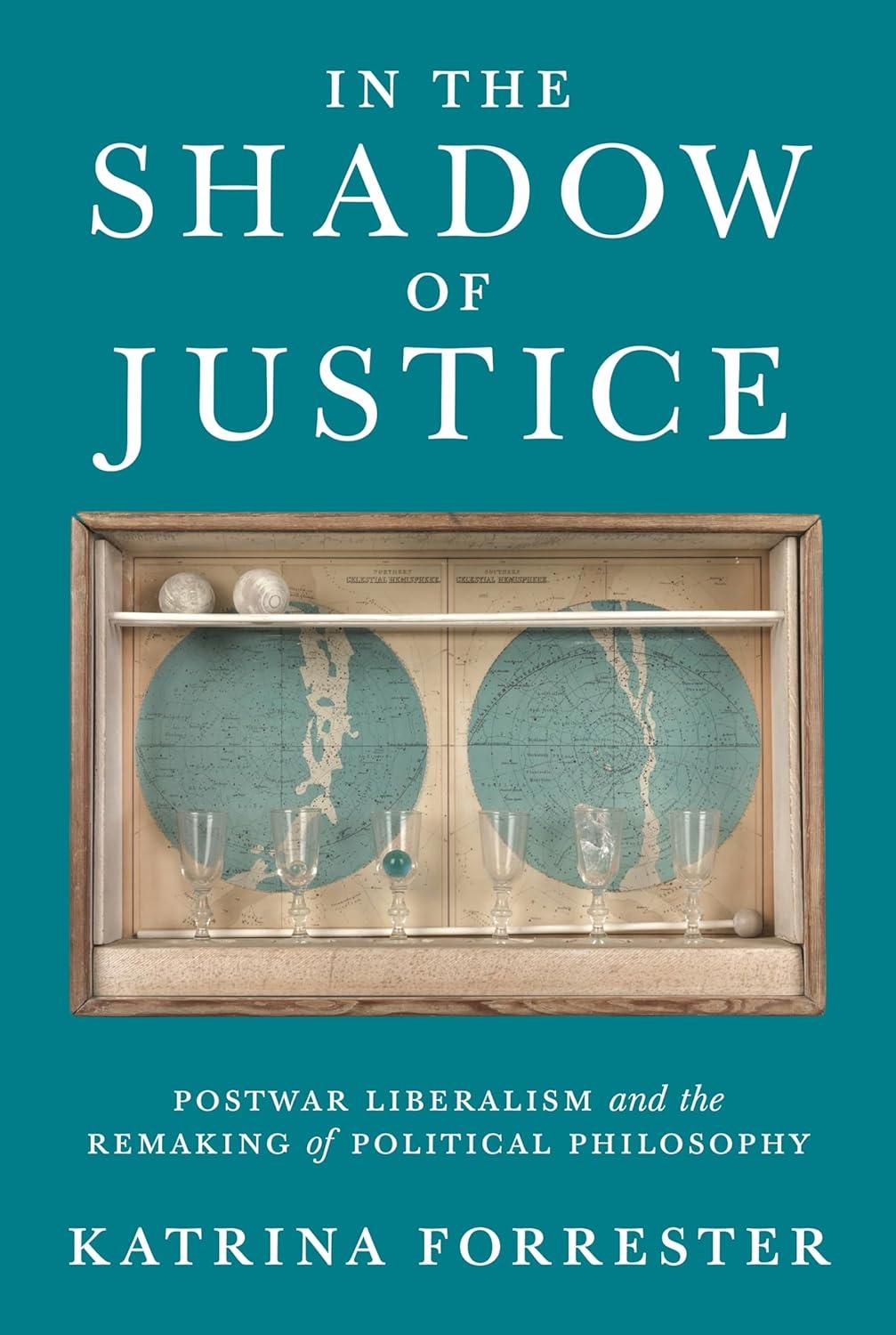Katrina Forrester’s In the Shadow of Justice provides a detailed account of the intellectual development of this young soldier, John Rawls, who eventually became the celebrated philosopher. The question of fairness would remain with Rawls for the rest of his life. In 1971, his 600-page magnum opus, A Theory of Justice, debuted to critical acclaim and cemented his position as one of the most famous political philosophers in the English-speaking world by insisting that justice was fairness—that the kind of objective standards for human society and individual action capable of replacing God required an ability to view the world from a distance and assess what allocations of duties and wealth were fair. In the book, Rawls argued that “basic liberties” and the equality of citizens were essential to this idea of fairness. Societies could deviate from an equal distribution of benefits and burdens only in cases governed by the “difference principle”—which includes a requirement that inequalities should provide the most benefits to the least advantaged. Otherwise, a just society would have to be governed by the fair distribution of responsibility, work, hardship, and the wealth produced by a community—a distribution whose fairness, he insisted, could be determined from behind a “veil of ignorance” that prevented a hypothetical person from knowing exactly where he or she would end up in the social hierarchy.
With its doctrine of fairness, A Theory of Justice transformed political philosophy. The English historian Peter Laslett had described the field as “dead” in 1956; with Rawls’s book that changed almost overnight. Now philosophers were arguing about the nature of Rawlsian principles and their implications—and for that matter were once again interested in matters of political and economic justice. Rawls’s terms became lingua franca: Many considered how his arguments, focused mostly on domestic or national issues of justice, might be applied to questions of international justice as well. Others sought to extend his theory’s set of political principles, while still others probed the limits of Rawls’s epistemology and the narrowness of his focus on individuals. A decade after A Theory of Justice appeared, Forrester notes, 2,512 books and articles had been published engaging with its central claims.
